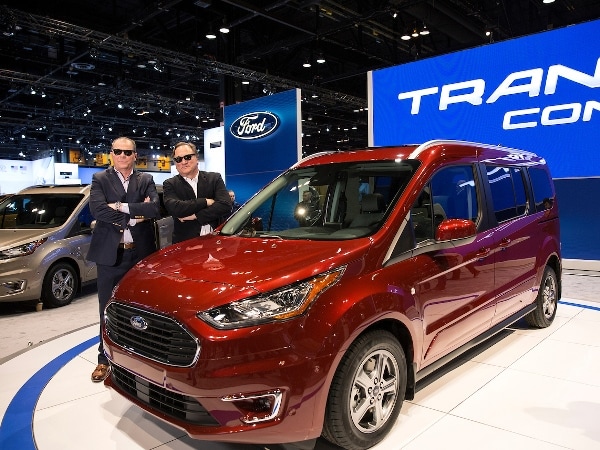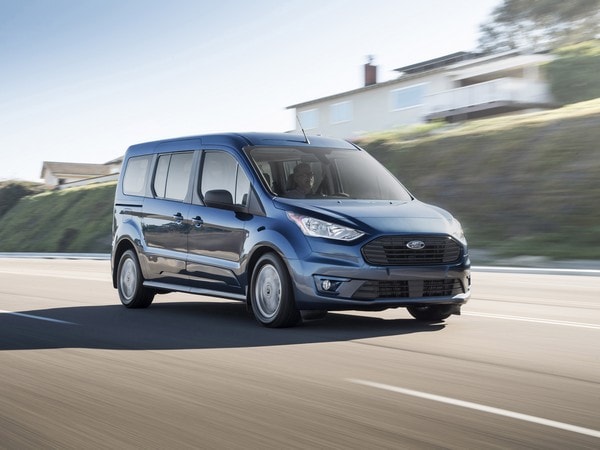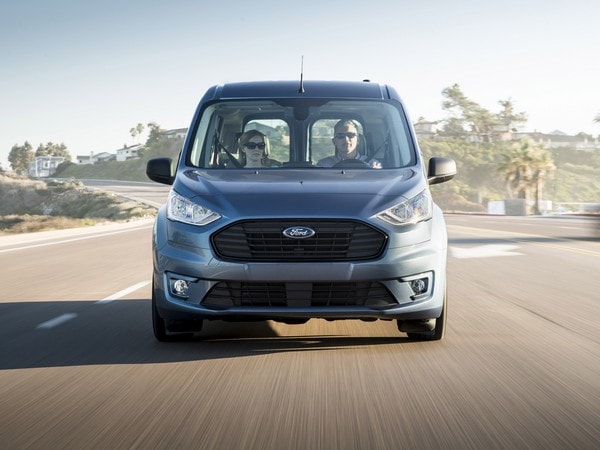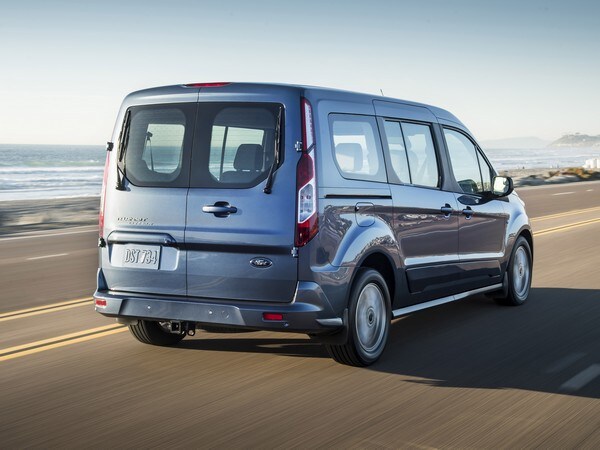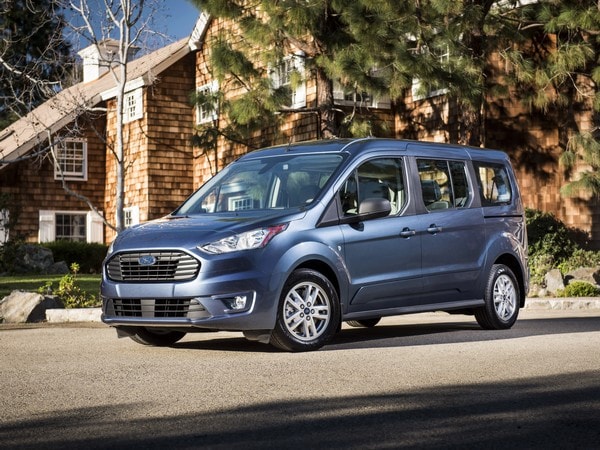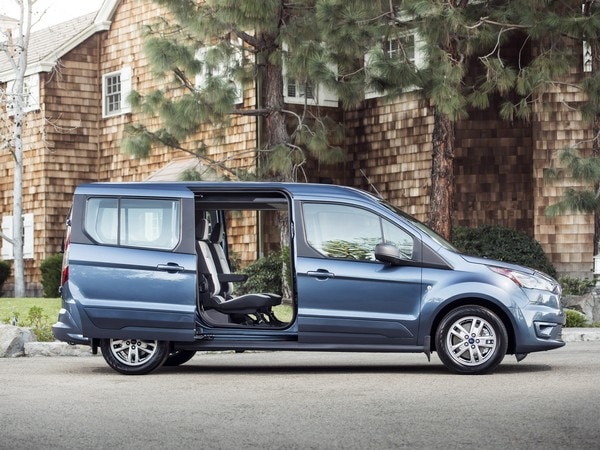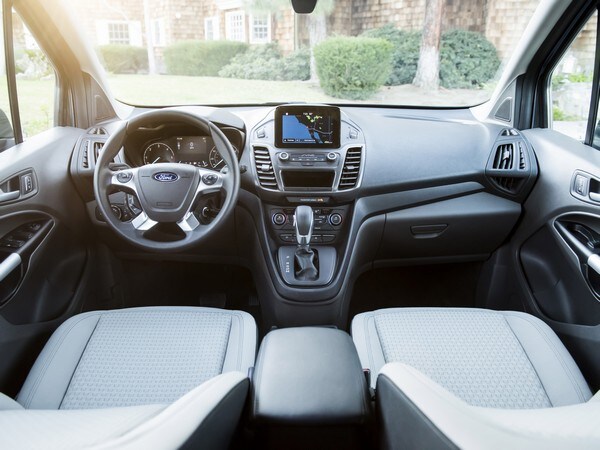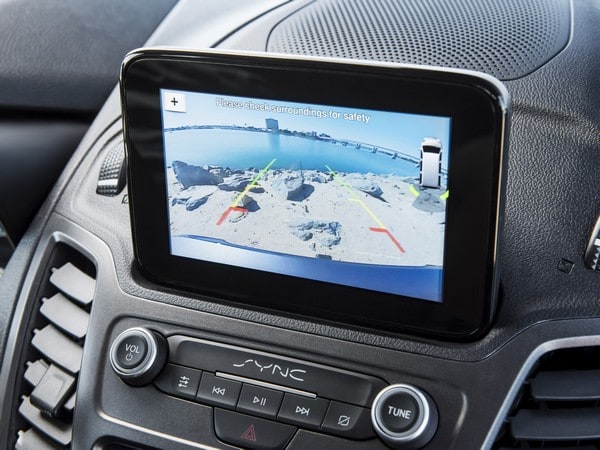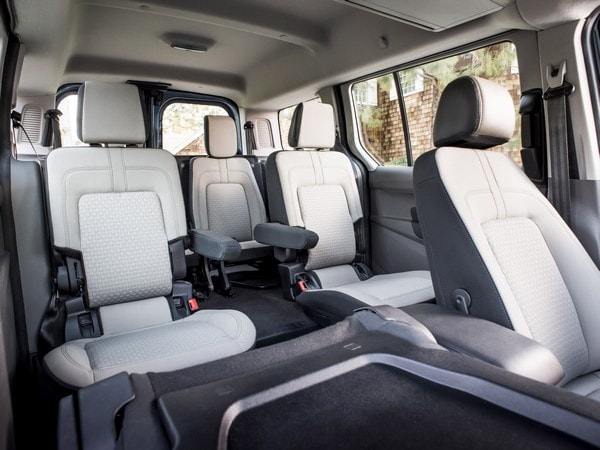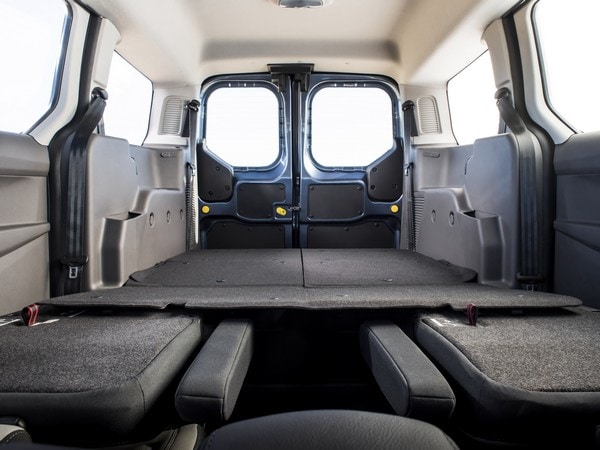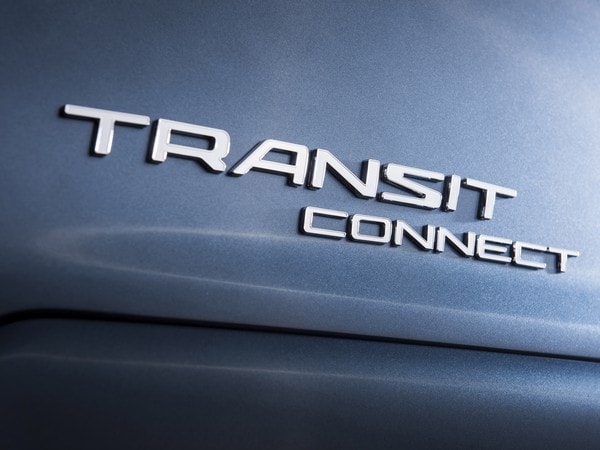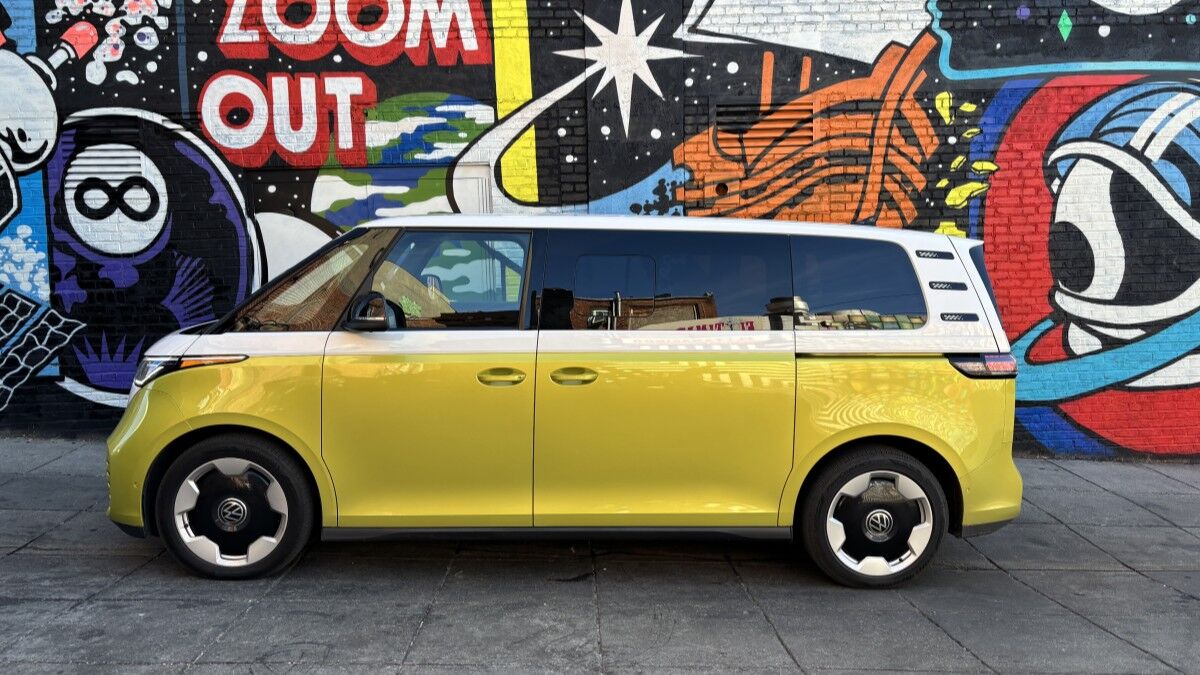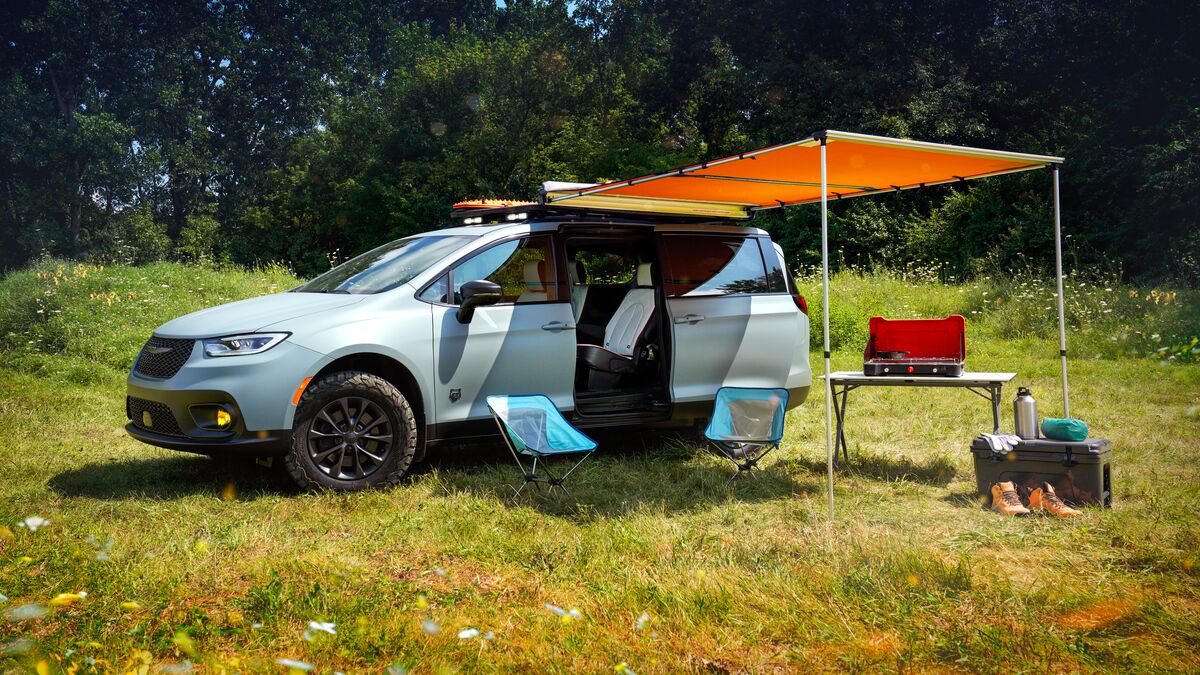Unveiled at the 2009 Chicago Auto Show, Ford’s Transit Connect rewrote the commercial van playbook for tradesmen and small urban delivery operations. Small scale front-drive vans have been common in Europe and elsewhere for decades—the Transit Connect itself dates to 2002, when it replaced the Ford Courier—but the concept was new to the U.S. market.
Acceptance was a little slow at launch, but the commonsense elements of the design—handy urban size, plentiful cargo capacity, respectable fuel economy, affordable pricing, low operating cost, upfits for a variety of commercial enterprises—soon stimulated sales. And the 2011 advent of a passenger version—the Transit Connect Wagon (Ford would prefer that you refrain from calling it a minivan)—added showroom momentum.
The Transit Connect family was updated for the 2014 model year, and Ford pulled the wraps off a 2019 version of the Wagon at the Chicago Auto Show. (The updated Van will be revealed at the NTEA Work Truck show in Indianapolis March 6.)
Sales: Ford reports that over 300,000 Transit Connect vehicles have found their way to owners since the 2010 model year. Since then the concept has also inspired competitors: the Chevrolet City Express, Nissan NV200, and Ram ProMaster City, all available in cargo van and passenger editions. But Ford points out that all the competitors are still in their first generation, whereas the Transit Connect is on the threshold of its third overhaul.
Also: Get your first look at the new and redesigned cars of 2019
Evolutionary changes
Ford portrays the 2019 Transit Connect as the third generation of the vehicle since its introduction in the U.S., but that could be perceived as a little enthusiastic. Structurally, the compact wagon carries over—same front-drive architecture, same two-wheelbase option, same dimensions, same cargo capacities.
As you’d expect of a third generation, Ford has refined the cosmetics, giving the wagon a new front end with available LED headlights and the company’s signature hexagonal grille. But the real news is under the hood, which shelters two new 4-cylinder engines—a direct injection 2.0-liter with stop-start technology and a 1.5-liter turbodiesel four. Both are mated to new 8-speed automatic transmissions, replacing the current 6-speed.
The turbodiesel—Ford calls it EcoBlue—has been available in Europe for about a year, but is new to the U.S. and a first for this type of vehicle. Ford anticipates an EPA highway fuel economy rating of 30 mpg for the diesel.
Aside from the highway fuel efficiency expectation for the turbodiesel, neither power ratings nor full EPA fuel economy forecasts were announced at the Chicago debut. The current 2.5-liter 4-cylinder (169 horsepower, 171 pound-feet of torque) and 6-speed automatic powertrain is rated for 19 mpg city, 27 mpg highway. Although the powertrains are new, load ratings are about the same—just over 1,600 pounds payload, 2,000 pounds towing, slightly lower for the EcoBlue engine.
Also: Check out the latest news from the Chicago Auto Show
Driver assistance
In addition to interior redesign elements, including new seats, other updates fall under the headings of connectivity and active safety features. New driver-assist features include standard automatic emergency braking, with pedestrian detection; the availability of adaptive cruise control: Ford’s Blind Spot Information System (BLIS): rear cross traffic alert; lane departure warning; and lane-keeping assist.
The new dashboard includes a 6.5-inch color touch screen and a digital driver information readout between the major instruments. Ford’s Sync3 infotainment system, wireless charging, and a 4G LTE Wi-Fi modem are standard features.
Available in 5- and 7-passenger editions, the 2019 Transit Connect Wagon will be offered in three trim levels: XL, XLT, and Titanium. Both the Wagon and the Cargo Van versions of the Transit Connect are scheduled to go on sale in the fall.
